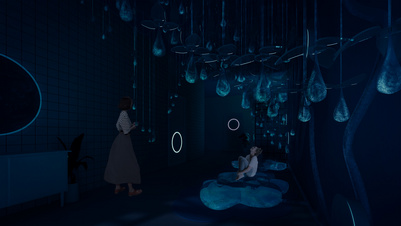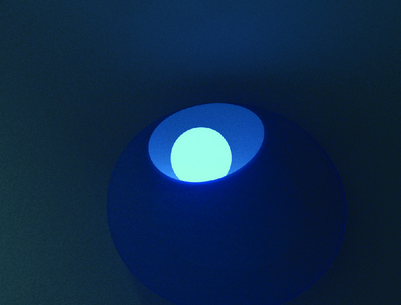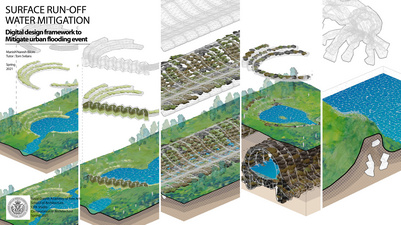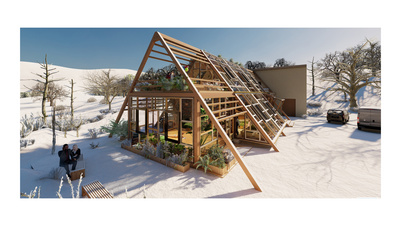Architecture of Reforestation
Name
Dilara Özlü
Education degree
Master
Study programme
Computation in Architecture
Institute
Architecture and Technology
Year
2021
This project explores mycelium as a new building material and design of the fibrous woven scaffolds. With the proposed architecture, human-nature interaction is increased and the forests biodiversity is spatially designed for a healthier ecosystem.

Mycelium woven architecture: The image on the right is the first prototype which tests growth of mycelium in woven scaffolds.

Danish Nature Agency's Approach: With the guidelines published by the Danish Nature Agency, aim is to increase the biodiversity

Using mycelium in mycoforestry: Mycelium is used in the industry in various different ways from interior design, furniture
The Royal Danish Academy supports the Sustainable Development Goals
Since 2017 the Royal Danish Academy has worked with the Sustainable Development Goals. This is reflected in our research, our teaching and in our students’ projects. This project relates to the following UN goal(-s):
Sustainable cities and communities (11)
Life below water (14)
Life on land (15)























